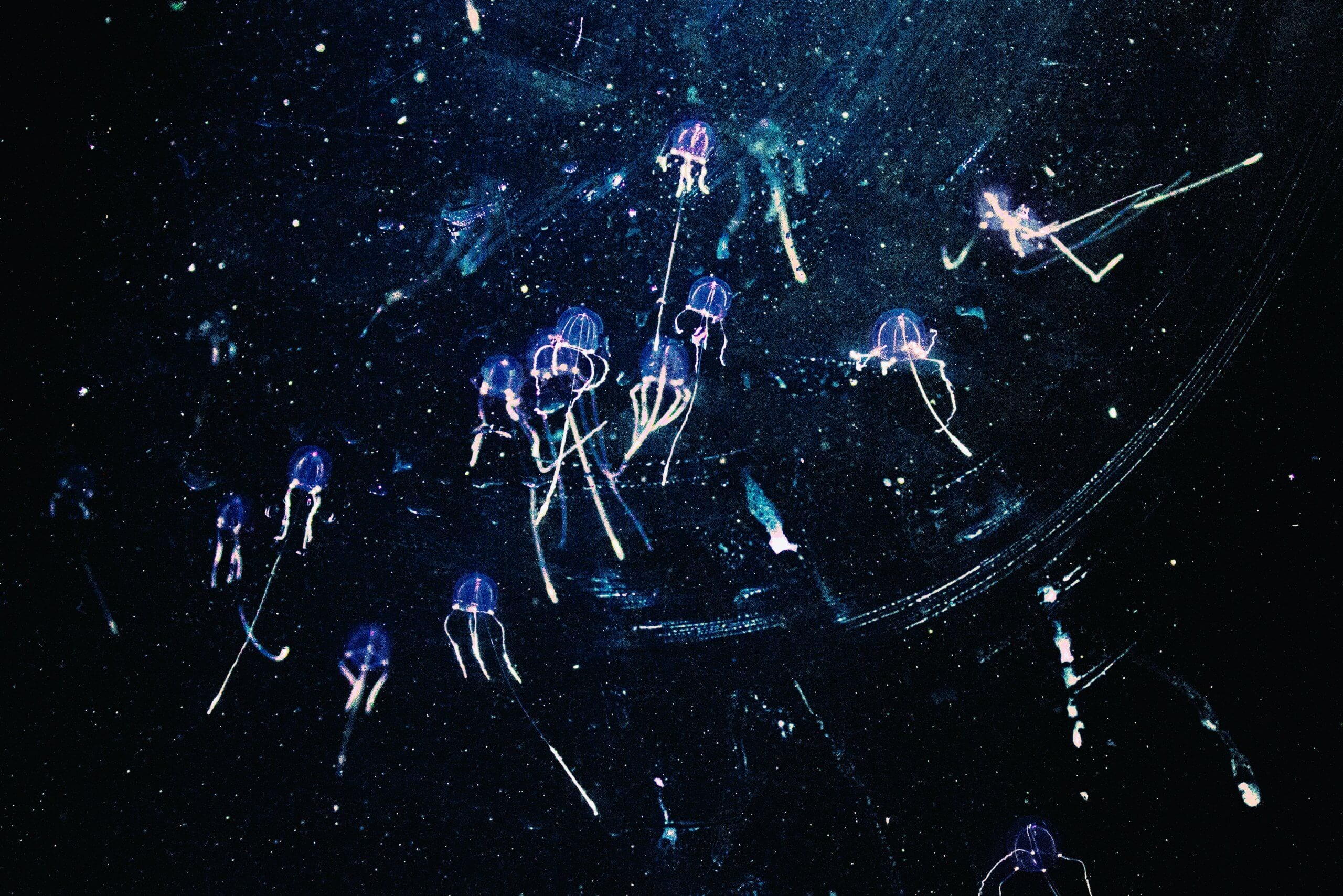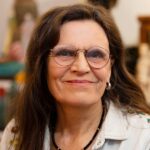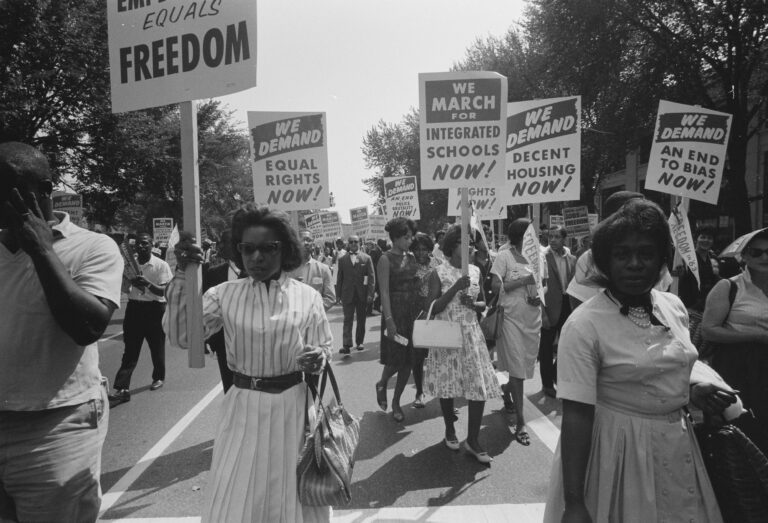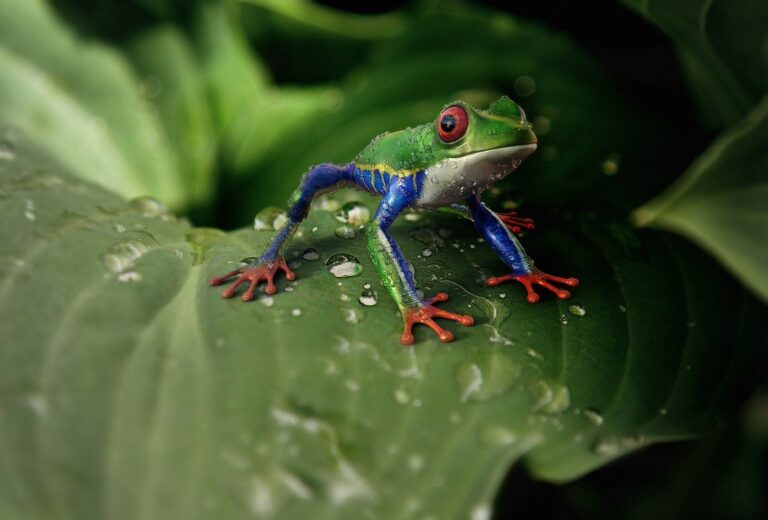Look at how a single candle can both defy and define the darkness. — Anne Frank
What is the source of your inner light? What brings you peace, calm, joy, connection? What drives out the suffering? The answers may be vastly different for each of us. I’ve never forgotten the Buddhist teaching about comparing suffering. As sentient beings, we each suffer in our own way; we cannot compare our own suffering to that of another, for it is measured within our own context. Because context varies so widely from one individual to the next and one culture to the next, we cannot say that an aging woman’s fear of wrinkles is less painful to her than the loss of a man’s limb in warfare is to him. We all suffer from fear, loss, and grief in ways both subtle and gross.
Light and darkness are symbiotic. One gives canvas to the other’s expression. In the Tao, in the Dharma, in yin and yang, neither is the villain or the savior.
Whether it is fear of persecution or deep anxiety about experiencing the effects of climate change, most people around the world range from feeling unsettled to truly suffering. Those in the Northern Hemisphere are moving from the warmth and brightness of late summer and fall and into the darker, shorter days of winter. Even in the Southern Hemisphere, many people are experiencing an inner winter dictated by the confines of quarantine or social isolation brought on by COVID-19, as well as social unrest in many places. Eco-anxiety is very real for many people living in coastal regions or on plains with drought and crop loss, and in forests consumed by wildfires. How can a person possibly experience and express so much grief by themselves? Is meeting with a therapist online really soothing? Is a walk alone in nature enough? How do we process feelings on such a vast scale, such as fearing that our grandchildren might not have clean air, water, or soil? One therapist-in-training shared:
I strongly concur with Francis Weller and Malidoma Somé in their notion that processing grief, in particular the grief associated with the changes that our society, our species, all species, and our planet are going through, is a communal experience. It is far too big for one person to hold by themselves.
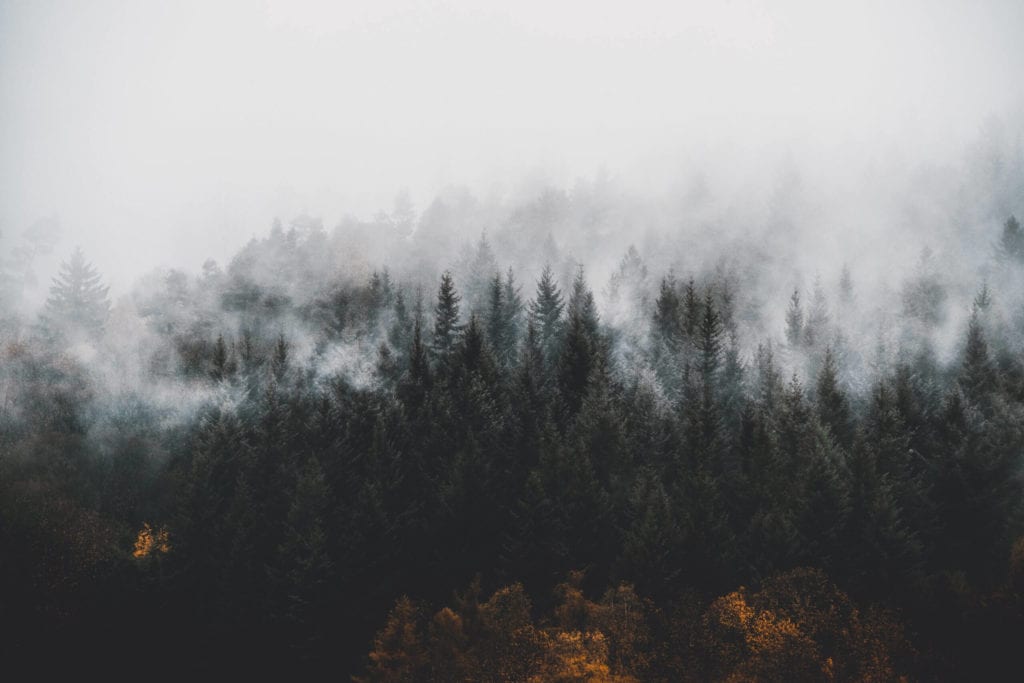
In my own experience, I must share with others and spend time almost every day in nature, to breathe out my anxiety, sadness, and rage about everything beyond my control. I have to move my limbs through walking, dancing, shaking, or swimming in the elements and my environment. I need the community of people, animals, plants, skies, winds, planets, and stars to hold the fullness and overwhelm of all that I feel. Like the early days of reciting Nembutsu with my Shin Pureland teacher, I entrust myself to the greater context of the world to hold all I cannot possibly hold myself, by offering my embodied experience to the universe. This keeps my heart from truly breaking and relieves the pressure my body-mind feels from trying to encompass uncontainable thoughts and emotions.
When Ringu Tulku Rinpoche was asked how to deal with the enormity of what we as a society may be facing, his simple answer impressed me deeply. If you do your best and the situation is turned around then that is good and there will be good fruits of those actions. But, he said, if you do your best and the situation is not turned around then that is still good and there will still be good fruits of those actions. We will never know if it is enough. Motivation and intention are everything. The outcome is out of our hands.
This lesson reminds me very closely of the deep wisdom in the Jewish teaching: “Do not be daunted by the enormity of the world’s grief. Do justly now, love mercy now, walk humbly now. You are not obligated to complete the work, but neither are you free to abandon it.”3From the Talmud.
Through body, speech, and mind, we never lack for ways to be of service and help reduce the suffering of beings and care for our dear planet.
Light and darkness are symbiotic. One gives canvas to the other’s expression. In the Tao, in the Dharma, in yin and yang, neither is the villain or the savior. But if their interrelation is well understood through experience, darkness can be metabolized into a light that heals oneself and others, and the very Earth herself.
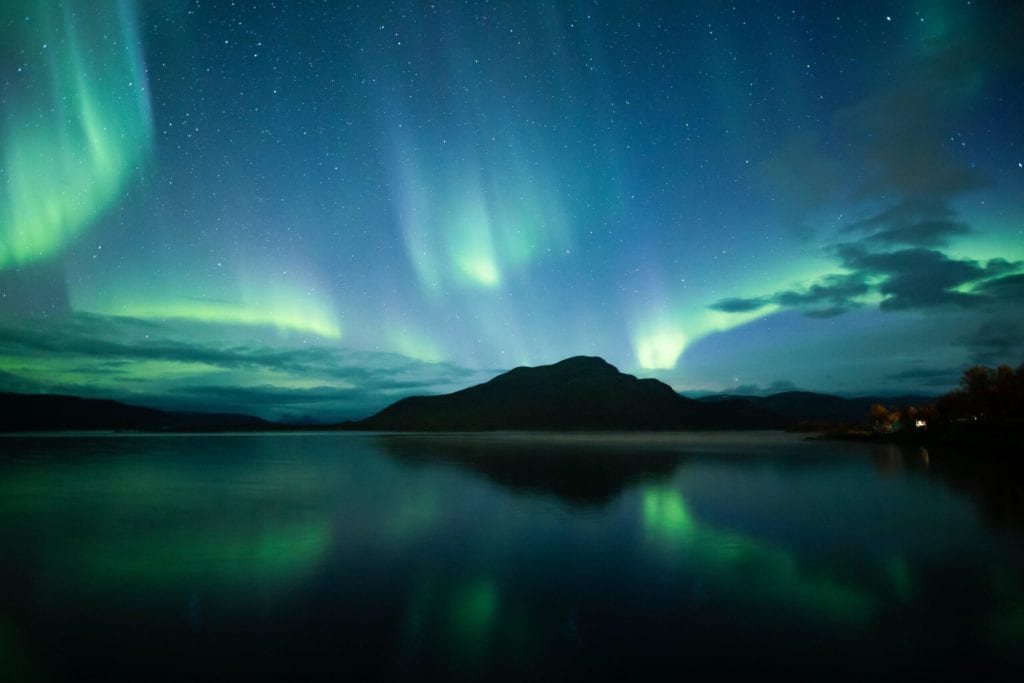
Without [grief] we would not know the heartening quality of compassion, could not experience the full breadth of love, the surprise of joy, we could not celebrate the sheer beauty of the world. Grief fosters each of these capabilities, deepening them by bringing gravity to the moment. Grief is the dark color that adds depth to the canvas, providing contrast texture. Without these tones, our lives would be flat and uninteresting. It is a necessary encounter, in turn, that enables these vital qualities to hold us in times of loss.
And then there is the light we cannot yet see—and to access the realm in which it dwells takes a leap of faith. I often find a way in through poetry, reciting an ode to goodness, truth, or beauty—the proverbial crack where the light gets in, reminding me of my own true nature and the buddha-nature in all beings and experiences, which is there beyond my perception.
Cultivating hopefulness is a discipline we must enact with energy and focus. Human society supplies us with daily opportunities to choose either despair or hope, and we choose where to focus our energy and attention. It is a real-time Dharma practice to engage with minor and major suffering all around us and to decide to step into the light of awareness, kindness, and assistance in all the ways we can. Through body, speech, and mind, we never lack for ways to be of service and help reduce the suffering of beings and care for our dear planet. We can be specks of light ourselves in a canvas so dark one cannot see. Together we then begin to light the way.
When it is dark enough, you can see the stars. — Ralph Waldo Emerson
This article was originally published on Buddhistdoor. It is reprinted here with permission.
References
- 1Paraphrased from a Facebook post with permission, November 2020.
- 2A Light in the Dark (Zen Moments)
- 3From the Talmud.

